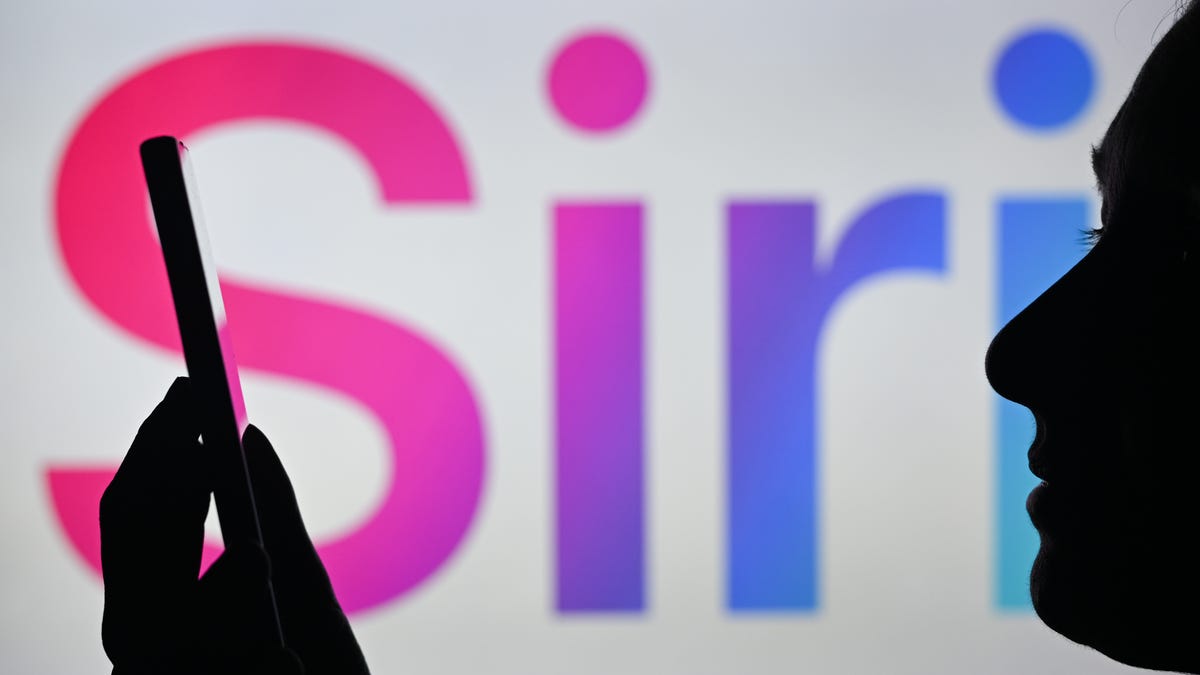Fashion
Andrea Riseborough Will Be Donning Outlandish Looks for a Isabella Blow Biopic

So far this year, fashion icons have been dominating the small screen. Back in January, Disney+’s Cristóbal Balenciaga dazzled audiences in the United Kingdom; hot on its heels came Apple TV+’s The New Look, which recounted the rivalry between Christian Dior and Coco Chanel; and joining this list next month will be Hulu’s Becoming Karl Lagerfeld, which tracks the German designer’s rise in 1970s Paris. No wonder then, that another fashion-focused project centered on a much-mythologized industry legend has now been green-lit: a biopic of the thrillingly eccentric stylist and editor Isabella Blow.
Titled The Queen of Fashion, the forthcoming film will be helmed by Alex Marx, who has been developing this feature debut for over eight years. And starring as the style maven? The Oscar-nominated British actor Andrea Riseborough, best known for her roles in the likes of Birdman, The Death of Stalin, and To Leslie.
Per the log line, the film “details the ups and downs of Blow’s life championing unknown and marginalized fashion figures like Alexander McQueen, Philip Treacy, and Sophie Dahl, whom she catapulted to success while struggling with undiagnosed bipolar disorder.”
Born in London, Blow moved to New York in her early 20s to study at Columbia, before dropping out and relocating to Texas, where she worked for Guy Laroche. In the ’80s, she returned to Manhattan and was hired as an assistant to Anna Wintour, then Vogue’s fashion director, and went on to assist André Leon Talley. In this period, she befriended Andy Warhol and Jean-Michel Basquiat, among other New York luminaries. In 1986, she came back to London to work for Tatler’s Michael Roberts, and began wearing Treacy’s outlandish hats, even letting him use her London flat to work on his collections. She also discovered McQueen, buying the renegade designer’s entire graduate collection for £5,000. She went on to become Tatler’s fashion director.
Blow had struggles with depression and was later diagnosed with bipolar disorder, for which she received electroshock therapy. She also battled ovarian cancer. In the final years of her life, she attempted suicide several times, and eventually took her own life in 2007, aged 48.







